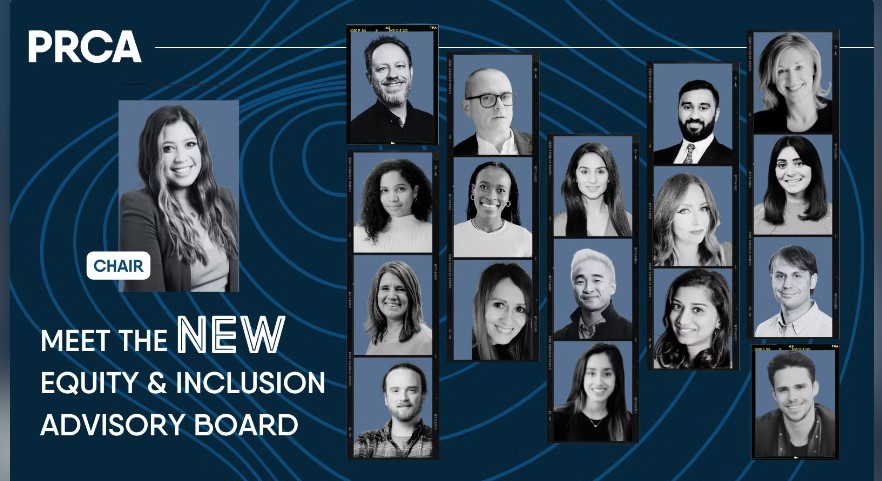Article first appeared on Twofourseven blog.
Last week two reports were published that reveal the impact of social media on the level of trust that people have of politicians, businesses and generally our daily lives.
The first report was the Edelman Trust Barometer 2022, which sadly found a continued decline internationally of trust that people have in their respective governments and the media, with nearly ‘1 out of 2 respondents viewing governments and the media as divisive forces in society.’
The second one was released by the Royal Society and which looked at the online information environment and how digital technologies are changing the way that people interact and consume news, information and other content.
A key issue that both of these reports highlighted is the rise of misinformation on social networks and the influence it is having on how our opinions are being shaped, making us more tribal and less open to debate or collaborate.
Misinformation and disinformation aren’t new concepts. They have existed for quite some time and have been used directly or indirectly to secure attention and some form of influence. The difference today is how it has gone mainstream thanks to social media and the algorithms that help amplify content that secures greater engagement, regardless of stories being unverified as facts.
The Edelman report highlighted that distrust is now ‘society’s default emotion,’ with nearly 6 in 10 people saying that their default tendency is to distrust something until they see evidence it is trustworthy.
Both the Edelman report and the recent Reuters Institute for the Study of Journalism 2022 Trends report highlight how more people than ever before get their news from social media and messaging apps like WhatsApp. What we see now is the impact that Web 2.0 has had on society since Facebook, Twitter, YouTube and others were formed 15 years ago.
Yes, social media has connected people and given everybody a platform and a voice through which we can engage, communicate and be better heard. But it has also enabled those with ulterior motives to influence and condition thinking.
By nature, people gravitate into groups that share their interests and opinions and by default build trust with people in these communities, creating influencers.
The dynamics of social media communities and how they grow and how and who influences people within them is an issue that I have studied and advised on for the past 10 years. A key rule to understand is the 1/9/90 Rule, where 1% are the creators, 9% are the contributors and 90% are the consumers. This rule is critical when also mapping out stakeholder communities. As I often say, understanding your audiences and their opinions and what’s conditioned them is central to strategic communications.
Interestingly, the Edelman report also found that the content that people trust more now is that shared by people they trust and have a connection with, like friends, family or colleagues. And of course, if a member of your immediate circle shares misinformation without knowing then that piece of news stands a greater chance of being accepted by the recipient. Why? Because of the trust that exists.
Today we also find ourselves being time poor, yet with access to all the information in the palm of our hand. Being time poor for many means that we have less time to question the news and data that is in front of us, making us more reliant on the trust that exists between the person that has shared that content and ourselves.
Another finding is the increase in trust between people and the business community, with 60% of employees surveyed wanting their CEO to speak out on controversial issues they care about and 80% of the general population wanting CEOs to be personally visible when discussing public policy with external stakeholders or work their company has done to benefit society. Yes, businesses are not yet addressing societal issues, but a move appears to have started.
In particular, CEOs are expected to shape conversation and policy on jobs and the economy (76%), wage inequity (73%), technology and automation (74%) and global warming and climate change (68%).
From a communications perspective, knowing what our publics want and expect helps us take these issues internally and have these conversations so that we can better advise business and policy makers on their respective strategies. Failure to listen and to have external views heard often leads to increased risk to reputation and decrease in trust.
So, how can we resolve these critical issues?
You would think that improved regulation would resolve that, but no. In it’s report, the Royal Society ‘stresses that censoring or removing inaccurate, misleading and false content, whether it’s shared unwittingly or deliberately, is not a silver bullet and may undermine the scientific process and public trust. Instead, there needs to be a focus on building resilience against harmful misinformation across the population and the promotion of a “healthy” online information environment.’
The Royal Society’s argument is that citizens would feel their worst suspicions confirmed, regardless of them being false, if “established institutions took a much more hands-on role in limiting people’s access to information.”
In public relations terms, think of it like using ‘spin,’ when the optics clearly show the public a negative situation. The public will see through this and further think negatively of the individual or organisation.
In this era of social media, where opinions are shared very quickly and influencers can dissect arguments in real-time, what is needed is not censorship or spin, but factual transparency.
To become trustworthy and develop and protect your reputation an organisation needs to be able to demonstrate and communicate it, hence the importance of being transparent.
It is becoming harder to develop and earn and maintain trust and a positive reputation. Yet what we need to understand is that trust and reputation is not owned by an individual or organisation, it is an asset bestowed on the organisation or leaders by their audiences and stakeholders.
Tactics and warm word alone won’t help convince people to trust an organisation, actions will!


